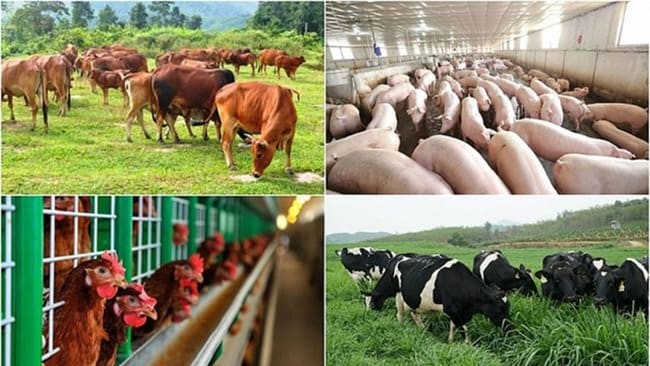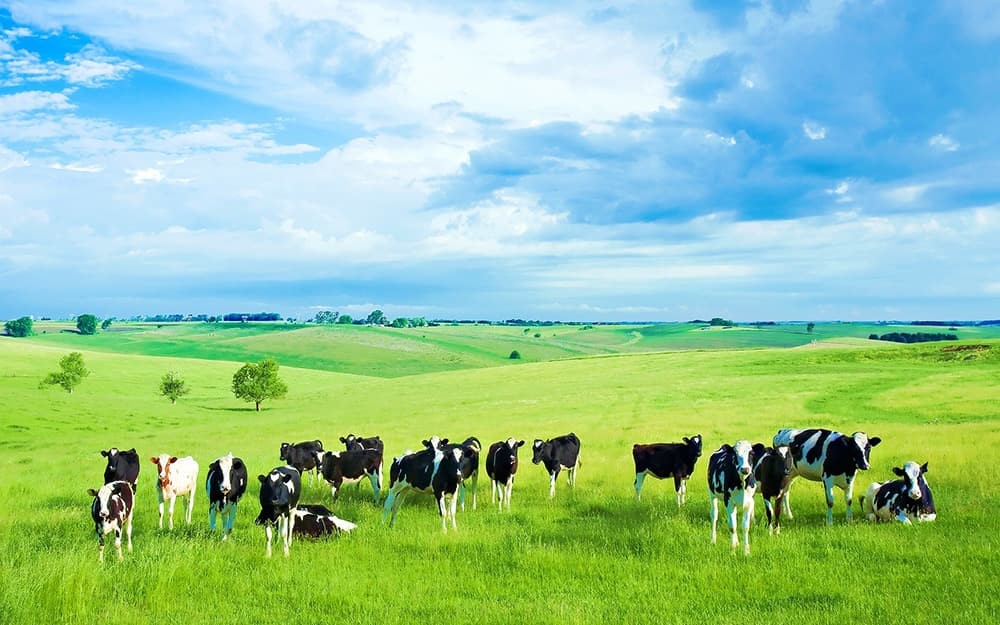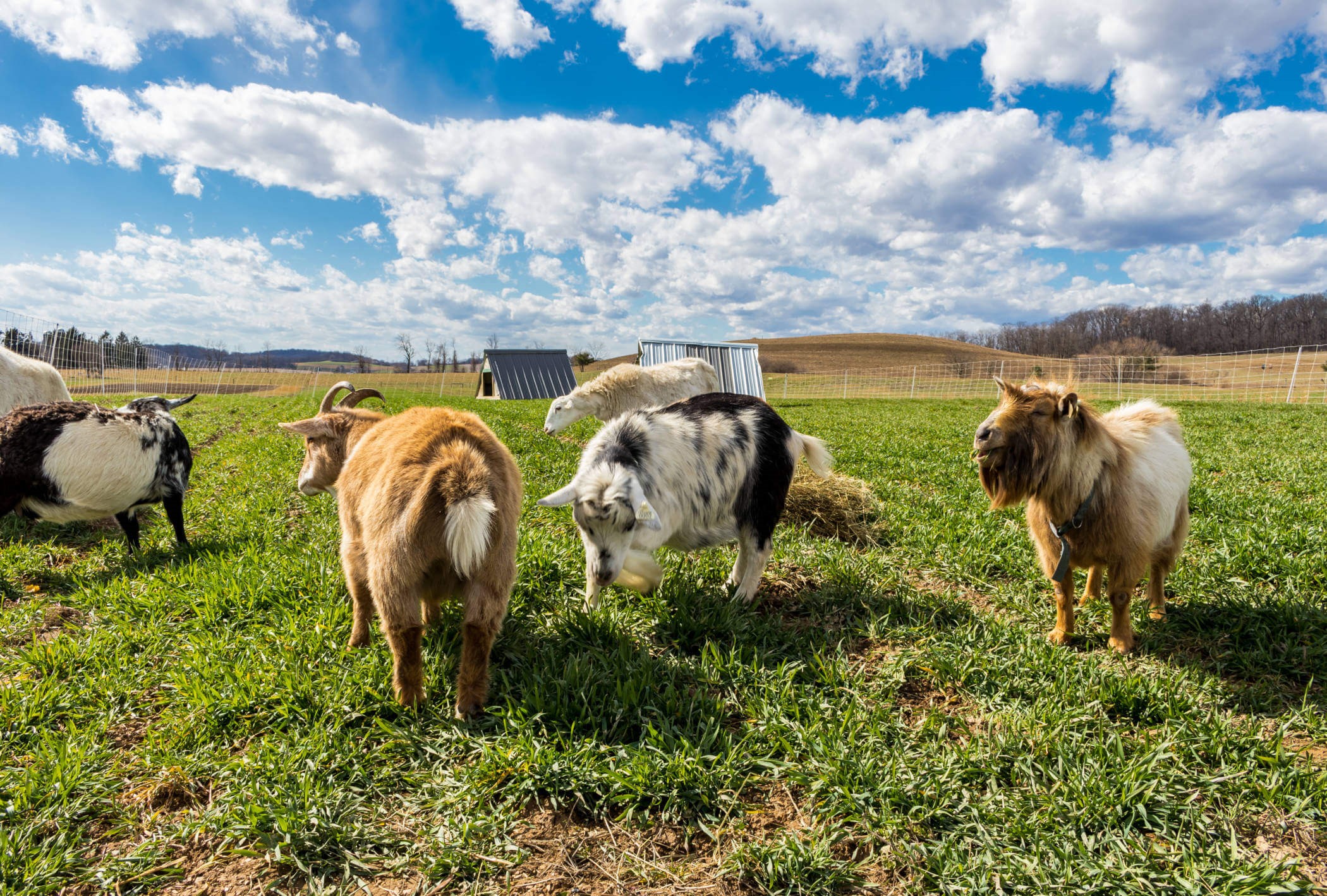Organic farming is becoming a new trend in Vietnamese agriculture, especially in the context of increasing awareness of safe and sustainable food.
With the development of the livestock industry, many people are shocked to see animals being confined and kept in terrible conditions. They are also worried about the risk of antibiotic contamination from food containing animal meat. In search of a healthy and sustainable lifestyle, many people have turned to the organic farming movement, a movement that has a history from 1920 to 1950 in countries such as the UK, Europe and North America. Currently, organic farming is one of the fastest growing food industries in the world. Let’s find out 6 important factors of organic farming, helping farmer plan and implement the conversion effectively and safely.
1. FOR LIVESTOCK AREAS
– To ensure organic standards, the livestock area must be isolated from areas that are at risk of contamination or mixing with non-organic products. This area must have a buffer zone or fence to prevent the intrusion of harmful agents from outside, such as industrial zones, hospitals, or waste treatment areas.
– Livestock facilities must also ensure adequate space for animals, have effective waste and manure treatment systems, and comply with veterinary hygiene and environmental protection regulations.

2. FOR BREEDS
To select the right animals and breeding stock for your organic system, keep the following in mind:
– Select breeds that can adapt to the local environment and organic farming conditions, giving priority to native breeds with high resistance.
– Choose healthy breeds that do not carry dangerous infectious diseases or health problems due to overbreeding, such as stress, miscarriage, etc.
– Prioritize natural breeding methods, avoiding artificial insemination, embryo transplantation, reproductive hormones or genetic engineering.
3. FOR FEED SOURCES
– To ensure organic quality, animals must be fed completely organic feed, even during the transition period.
– Organic feed must comprise at least 90% (by dry matter weight) for ruminants and at least 80% (by dry matter weight) for non-ruminants.
– In addition, the farm must also produce at least 50% of its own feed (by dry matter weight), which can come from surrounding natural pastures or from other organic facilities in the area.

4. FOR ANIMAL HEALTH MANAGEMENT
To prevent disease in organic farming, you need to follow these principles:
– Select breeds suitable for local conditions and organic farming systems
– Raising using methods appropriate to the characteristics of each species, providing high-quality organic food, allowing to exercise and be exposed to nature to enhance their natural resistance and immunity.
– Ensure appropriate stocking density, avoid overcrowding and causing stress to animals
– Implement biosecurity measures such as cleaning barns, vaccinating, using biological agents to prevent disease.
5. FOR FACILITY MANAGEMENT
To protect the interests, in organic farming, activities that cause physical harm to animals such as tying tails, docking tails, sawing teeth, cutting beaks, and sawing horns are prohibited, unless:
– Animal safety and protection measures such as tail docking, teeth clipping, beak trimming, and dehorning should be implemented to avoid health problems and violent behavior.
– Castration (such as boars, bulls, roosters, etc.) is necessary to improve the quality of livestock products.
– Marking of animals, such as ear numbering, is required, but heat should not be used to cause pain to the animal.
– Tails need to be docked for medical reasons.

6. FOR MANURE AND WASTE MANAGEMENT
To effectively manage waste in organic farming, you need to do the following:
– Protect soil and water from degradation by animal waste
– Prevent water pollution by nitrates and pathogenic bacteria from animal waste
– Apply appropriate measures to supplement soil nutrients from animal waste.
– Do not use incineration or non-organic waste disposal methods, unless necessary to destroy animal carcasses for disease prevention.
We have just provided these information about 6 necessary factors for organic farming in order to create quality products but also contribute to the sustainable development of the agricultural sector.
